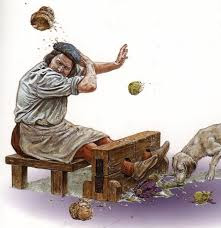That's the title of a wonderfully inspirational little book. As the final blog for 2024, may I share some "good stuff?"
I've learned that having a baby doesn't solve marital problems.
I've learned that the best thing about growing older is that now I don't feel the need to impress anyone.
I've learned that life sometimes gives you a second chance.
I've learned that anger manages everything poorly.
I've learned that there is no substitute for good manners
I've learned that it's better not to wait for a crisis to discover what's important in life.
I've learned that it's easier to stay out of trouble than to get out of trouble.
I've learned that days are long but life is short.
I've learned that successful living is like playing a violin...it must be practiced daily.
That's the title of a wonderfully inspirational little book. As the final blog for 2024, may I share some "good stuff?"
I've learned that having a baby doesn't solve marital problems.
I've learned that the best thing about growing older is that now I don't feel the need to impress anyone.
I've learned that life sometimes gives you a second chance.
I've learned that anger manages everything poorly.
I've learned that there is no substitute for good manners
I've learned that it's better not to
I've learned that young people need old people's love, respect and knowledge of life, and that old people need the love, respect and strength of young people.
I've learned that an expensive new blouse is always a spaghetti sauce magnet.
And finally,
I've learned that if you smile at people, they almost always will smile back.
Happy New Year to all my friends!!!
Donna
















:focal(756x1290:757x1291)/https://tf-cmsv2-smithsonianmag-media.s3.amazonaws.com/filer/ac/b5/acb54b7f-5d1f-4ea5-9d00-a07868b10687/gettyimages-576821334.jpg)




















